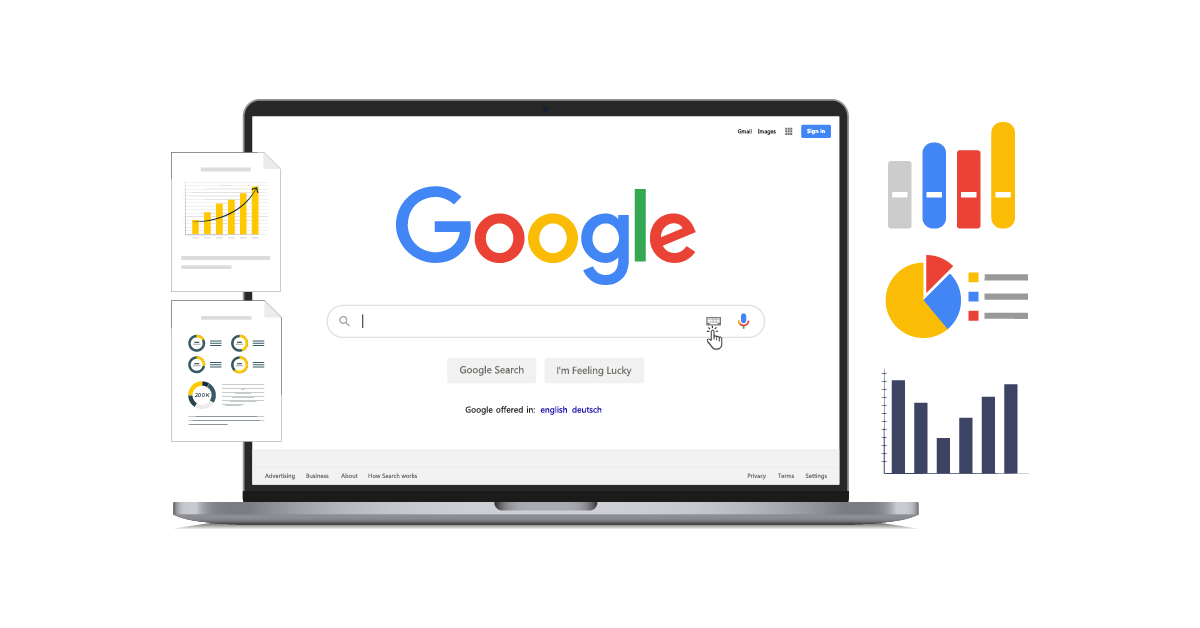4 min read
As the gateway to digital interaction, a mobile-optimized website is essential for engaging modern consumers. Yet, the path to mobile optimization is fraught with potential missteps that can alienate visitors, damaging both the user experience and SEO website rankings.
This guide navigates the landscape of mobile optimization, highlighting critical factors that may be turning your visitors away and offering solutions to transform your mobile site into a welcoming, efficient, and engaging platform.

Table of Contents
Understanding the Importance of Mobile Optimization
Mobile optimization encompasses the design, content, and performance adjustments necessary to ensure a website is accessible and appealing on mobile devices. This is not merely about aesthetics; it’s about creating an intuitive user experience that guides visitors effortlessly through their journey on your site. Mobile SEO plays a pivotal role in this process, ensuring your site is not only mobile-friendly but also optimized for mobile search algorithms, which prioritize factors like speed, responsiveness, and content relevance.
Factors Determining Mobile Visitors
- Slow response times: Mobile consumers expect information to be readily available. Websites that take more than a few seconds to load often see increased bounce rates, as visitors lose patience and move on.
- Unresponsive Design: A website that doesn’t adjust fluidly to different screen sizes can frustrate users, leading to a poor viewing experience on mobile devices.
- Complicated Navigation: Mobile screens offer limited space. Complex or cluttered navigation can overwhelm visitors, making it difficult to find information or navigate through the site.
- Poor Content Layout: Text that’s too small to read without zooming, images that don’t load properly or content that requires horizontal scrolling can significantly impair the user experience.
- Intrusive Pop-Ups: While pop-ups can be effective on desktop sites, on mobile they can cover essential content or be difficult to close, frustrating visitors and potentially leading to penalties from search engines.
Strategies for Enhancing Mobile Optimization
Prioritize Speed and Performance
Implementing techniques such as image compression, leveraging browser caching, and minimizing code can dramatically improve loading times. Tools like Google’s PageSpeed Insights offer valuable recommendations for boosting site speed.
Embrace Responsive Design
A responsive website automatically adjusts to fit the screen it’s being viewed on, providing an optimal viewing experience across all devices. This not only enhances usability but also contributes positively to your mobile SEO.
Simplify Navigation
Design your mobile site with simplicity in mind. Opt for a streamlined menu, use clear and concise labels, and ensure that clickable elements are easily tappable with a finger, without the risk of misclicks.
Optimize Content for Mobile
Adapt your content layout to be mobile-friendly, ensuring text is easily readable and images display correctly. Consider the hierarchy of your content. Place the most important information at the top. Use bullet points or short paragraphs to make content easier to digest on small screens.
Rethink Pop-Ups and Interstitials
If you must use pop-ups, ensure they are designed for mobile and do not obstruct the ability to access content. Google’s guidelines on mobile interstitials provide a good framework for what is considered acceptable.
Continuous Testing and Feedback
Use mobile usability testing tools to identify areas of improvement and gather feedback directly from users. Regular testing and updates based on user feedback are essential in maintaining an optimized mobile experience.
Elevating your mobile optimization strategy requires a keen understanding of the evolving digital landscape and an agile approach to implementation. Beyond the foundational aspects of speed, responsiveness, and user-friendly design, there are advanced tactics that can further refine your mobile presence. Ensuring that every visitor interaction is impactful and aligned with your overall marketing goals. This extension delves deeper into the nuances of mobile optimization, offering strategic insights and forward-thinking practices to propel your mobile site to the pinnacle of performance and user engagement.
Integrating Advanced SEO Techniques for Mobile
Mobile SEO is a dynamic field, demanding a proactive stance to stay ahead of search engine algorithm changes. Incorporating structured data, optimizing for local search, and ensuring your site is included in Google’s mobile-first indexing. Enhances your visibility and relevance in mobile search results. Structured data markup helps search engines understand and categorize your content more effectively, improving how your site is represented in SERPs. Local search optimization, including accurate NAP (name, address, and phone number) information. Local keywords cater to the increasing number of users conducting searches with local intent.
Leveraging Progressive Web Apps (PWAs)
Progressive Web Apps offer an advanced solution to mobile optimization, blurring the lines between mobile websites and native apps. PWAs are designed to load instantly, work offline, and utilize features such as push notifications, creating an app-like experience in the mobile browser. This technology not only elevates the user experience but also has the potential to improve engagement and conversion rates significantly.
Utilizing Accelerated Mobile Pages (AMP)
Accelerated Mobile Pages (AMP) is an open-source project that aims to speed up the loading of mobile web pages. Implementing AMP for key sections of your site, such as blog posts or news articles. It can dramatically increase speed, enhance user satisfaction, and contribute positively to your mobile SEO efforts.
Adopting a Mobile-First Content Strategy
Content on mobile needs to be concise, compelling, and easily consumable. Adopting a mobile-first content strategy involves creating content with the mobile user’s needs and behaviors in mind. This includes short, impactful headlines, bite-sized paragraphs, and the strategic use of visuals to break up text. To drive conversions, it’s crucial to prominently place and make calls-to-action (CTAs) easy to interact with on mobile devices.
Prioritizing Accessibility in Mobile Design
Accessibility should be a key consideration in your mobile optimization strategy, ensuring that your site is usable for people with disabilities. This includes implementing voice search optimization, using alt tags for images, and ensuring your site’s design accommodates users with various accessibility needs. Prioritizing accessibility not only widens your potential audience but also reflects positively on your brand’s commitment to inclusivity.
Conclusion
Advancing your mobile optimization efforts is an ongoing journey that requires attentiveness to the latest technologies, user preferences, and SEO practices. By integrating advanced SEO techniques, exploring the potential of PWAs, utilizing AMP, adopting a mobile-first content strategy, and prioritizing accessibility, you can offer an unparalleled mobile experience that not only captivates but also converts. As mobile continues to dominate the digital landscape, these sophisticated strategies ensure your site remains at the forefront of innovation, offering every visitor a seamless, engaging, and memorable experience.
In this digital age, where the mobile experience can define the success of your online presence. Embracing these advanced optimization tactics positions your brand for growth, engagement, and enduring success in the competitive online marketplace.
Published: June 5th, 2024









